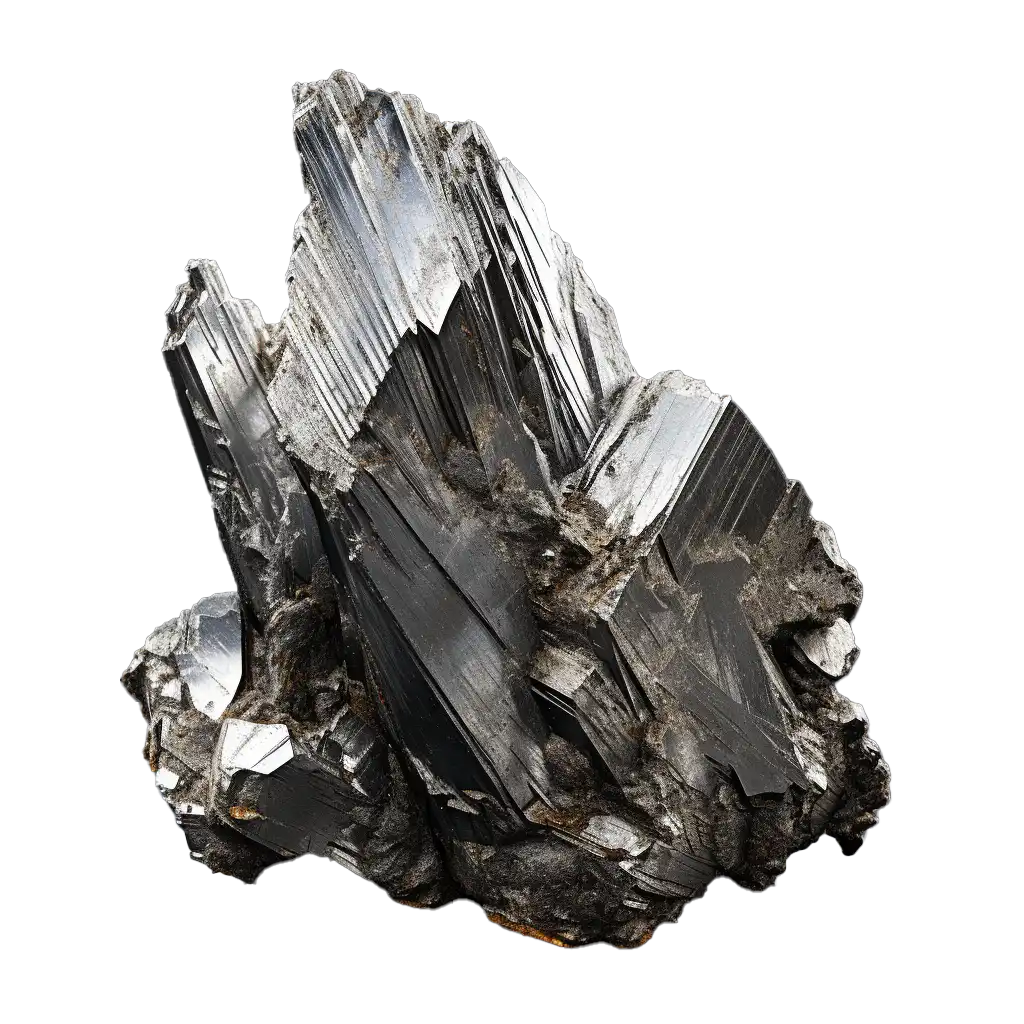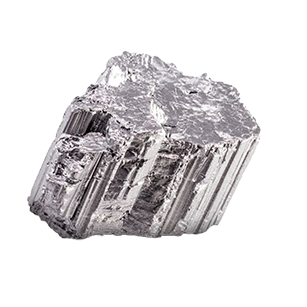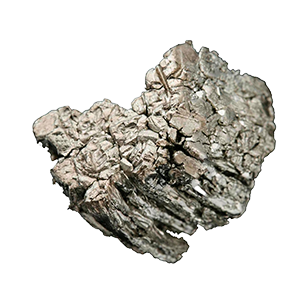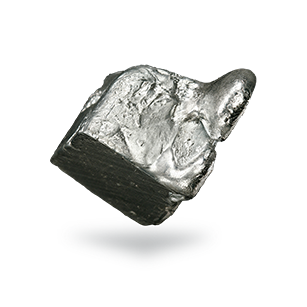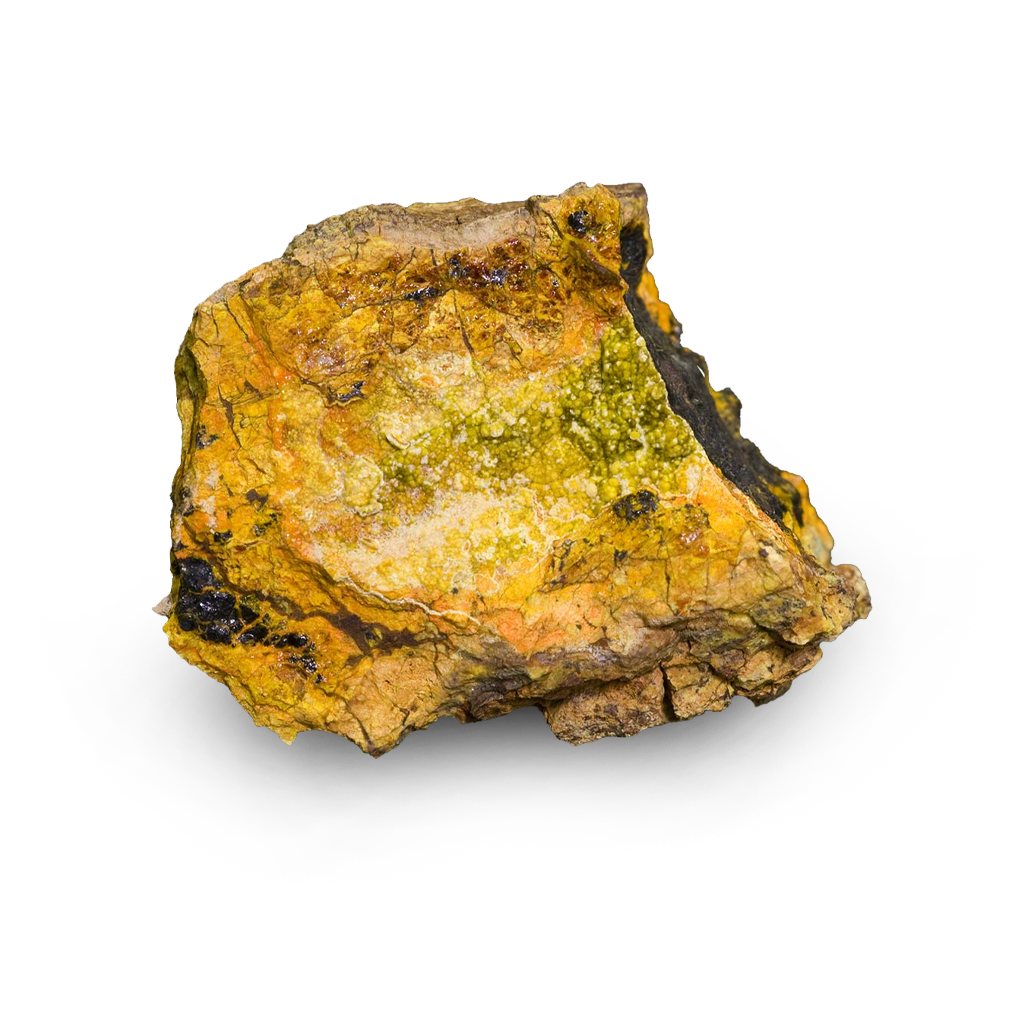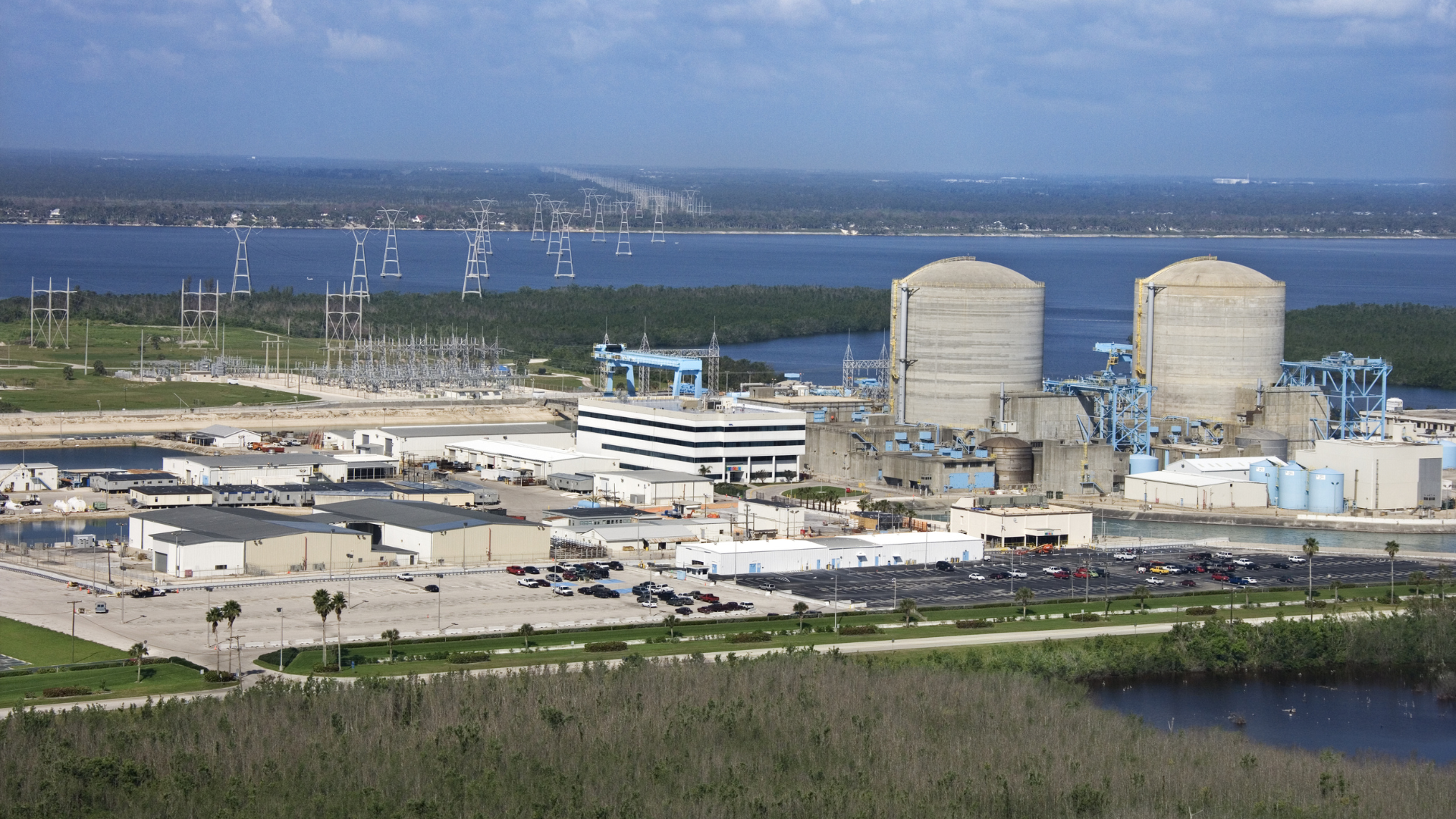According to the World Nuclear Association, uranium serves as the primary fuel for nuclear reactors and is sourced from various locations globally. The uranium mining process involves extraction, refining, and enrichment before it can be utilized in nuclear reactors. While uranium is present in small amounts in rocks and seawater, the majority is mined in countries like Kazakhstan, Canada, Australia, Namibia, Niger, and Russia.
Traditional mining methods, such as open-pit or underground operations, historically dominated uranium extraction. However, more than half of global uranium mines now employ in-situ leaching, minimizing ground disturbance. After mining, the uranium undergoes refining, where sulfuric acid or an alkaline solution is used to dissolve the uranium, leaving other materials undissolved. The resulting uranium solution is separated, filtered, and dried to produce ‘yellowcake,’ a crucial intermediate in the fuel-making process.
Enrichment is a vital step, with most reactors requiring an increased concentration of uranium-235. The enrichment process involves converting uranium oxide to uranium hexafluoride, a gaseous form, followed by separation in centrifuges to isolate uranium-235. The enriched uranium is transported to a fabrication plant, where it is converted to uranium dioxide powder, pressed into small fuel pellets, and assembled into fuel rods for nuclear reactors. These fuel assemblies remain in the reactor core for several years, providing a steady source of energy.
Notably, a relatively small amount of uranium, about 27 tonnes per year, can produce the equivalent energy output of a 1000 MWe pressurized water reactor. This contrasts significantly with coal power stations, which require over two and a half million tonnes of coal for similar electricity production.
With the world’s mounting concerns about climate change, energy security, and affordability, the global demand for uranium is on the rise. According to Statista.com, several countries now view nuclear energy as a strategic path to energy independence, reflecting recent policy shifts. Recent geopolitical events and supply reductions from Russia have added to this urgency, projecting a uranium deficit and a subsequent price increase. Over the next decade, the uranium deficit is anticipated to average 42 million lbs./year. To ensure a reliable supply, Western utilities are actively seeking low-risk jurisdictions like Canada and the United States. Our Elliot Lake uranium project in Ontario, Canada, holds a substantial mineral reserve that could potentially make a positive impact on the global uranium supply deficit.



